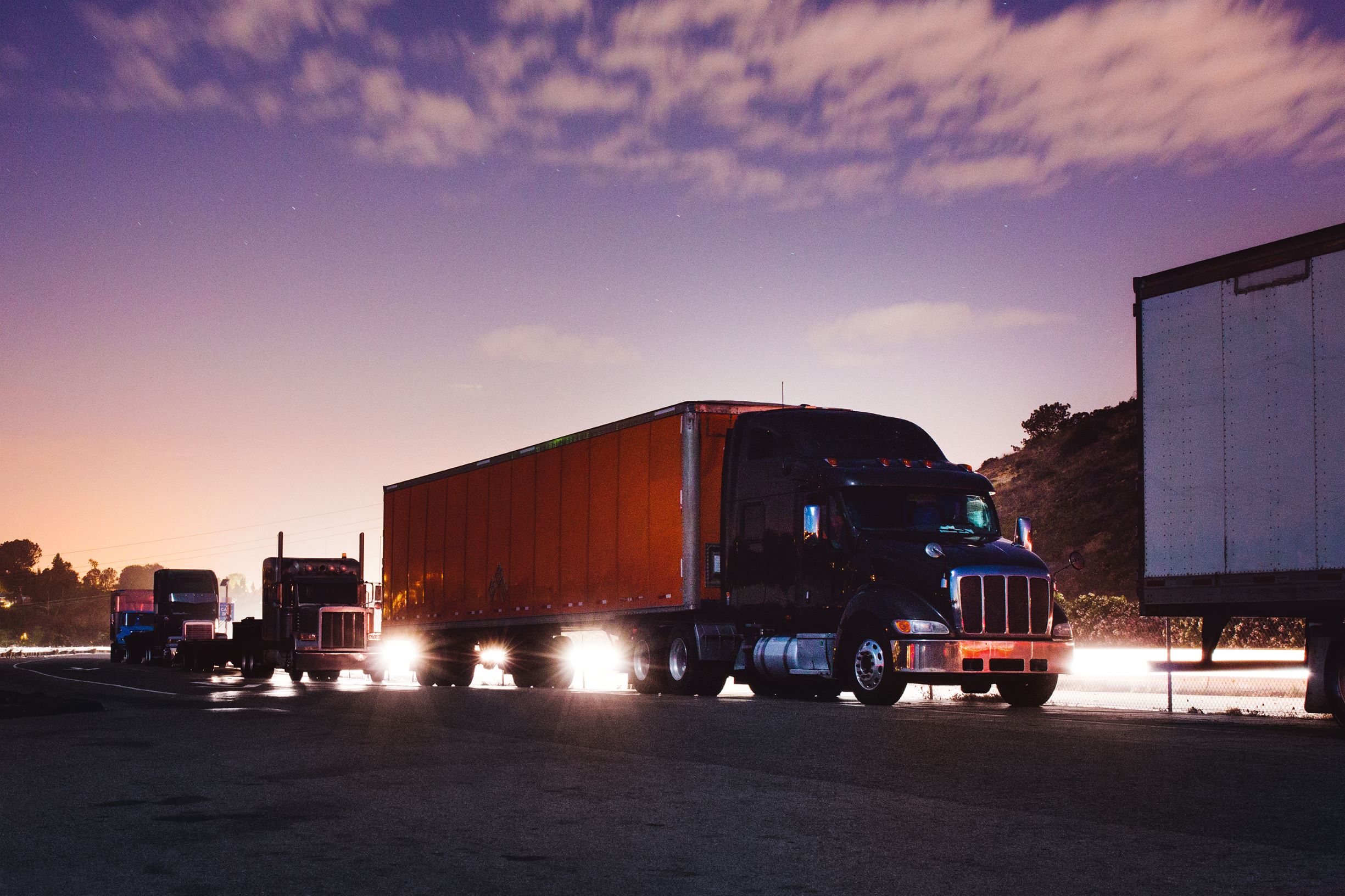Transportation Roundup: Despite signs of progress, port congestion continues
Compiled by Bruce Abbe, SSGA Strategic Adviser for Trade and Transportation
The container ship and container logjam at West Coast ports particularly in Southern California, is continuing despite some signs of progress.
Port of Los Angeles (POLA) Executive Director Gene Seroka said Friday that the number of containers overstaying their time at the port had declined by 60% after the port announced a planned penalty fee – a move it has avoided implementing three times.
However, area truckers say that, while the containers piled up too long on-dock may be declining, the boxes are still piling up off-dock. Harbor Trucking Association CEO Matt Schrap told Bloomberg that containers are clogging up space elsewhere around the port and continue to use up scarce chassis needed to move other inbound containers.
Ships backed up … way offshore
Cargo ships waiting to unload at POLA and the Port of Long Beach are still at unprecedented levels as new ships keep arriving intent on unloading freight destined for area warehouses and railroads to inland terminals that importers have designed their supply chains around.
Backed-up ships have numbered in the 90s in the last couple of weeks – some nearby in San Pedro Bay, and others repositioned 100-plus miles offshore.
Freightwaves even noted earlier this month that some ships destined for Southern California are even being held back off Japan, Taiwan and Mexico, rather than heading for SoCal.
New round of blank sailings
Perhaps more concerning to export shippers looking for containers and vessel space is word that the logjam on the West Coast is causing an rising number of blank – or cancelled – sailings and sliding sailings as ocean carriers skip ports in Asia and the U.S. in an effort to try to recover their sailing schedules.
In some ways, it’s understandable as ocean carriers want to get pack to predictable schedules, but it’s also concerning because of added limitations in trying to move containers where they need to go – loaded or empty.
The Journal of Commerce reported last week that the West Coast has been hit hardest by the new blank sailings, rising from a weekly average of 7.7 per week for the first nine months of 2021 up to 13 blank sailings in recent weeks. The article quoted the head of Sea Intelligence, a noted maritime consulting service.
“We’re not seeing the same pattern to the U.S. East Coast or on Asia-Europe,” he said.
The Japanese-owned carrier Ocean Network Express (ONE) reportedly cancelled 29 sailings in December, 22 of them to the West Coast.
Gulf, East Coast ports see opportunities
While they, too, face some congestion issues – notably trucking shortages – East Coast and Gulf ports seem to be handling the surge in imports and traffic better. There is also more growth in capacity in the works.
California’s supply chain issues open up a business opportunity for Gulf Coast ports noted a story on Mississippi Public Radio. The Port of Mobile saw container volume go up 27% in September compared to a year ago, while the Port of South Louisiana had more than 47% more tons of cargo flow through its port during the second quarter.
Last Friday, the Port of New Orleans (NOLA) welcomed the delivery of four new post-panamax gantry cranes for its Napoleon Avenue Container Terminal. The big cranes made a 15,643-nautical-mile journey from Shanghai, as part of a $112 million investment, including $49 million for the cranes’ construction and delivery, plus $63 million for landside dock improvements.
The Port of Savannah in Georgia achieved its 16th consecutive month of record growth in November, processing 495,750 TEU of containers – up 6.7% from a year earlier. Savannah has been the No. 1 export port for the U.S. at times in recent months.
Savannah is undergoing a series of expansions that are projected to increase the port’s handling capacity by 25%, reports Container News.
Last week the Georgia Ports Authority (GPA) announced in a news release Savannah will speed up its addition of 1.6 million TEUs of on-terminal container capacity by this June. The GPA board also announced it had approve a $24.4 million purchase of nine electric-powered, rubber-tired gantry cranes to support the expansion.
FMC’s Bentzel grades U.S. logistics system D+
Federal Maritime Commissioner Carl Bentzel pulled no punches when asked in an interview about the status of the U.S. shipping logistics system.
Asked by Freightwaves and CNBC reporter Lori Ann LaRocco to grade the U.S. logistics system, Bentzel said: “Regretfully, I would have to give it a D-plus, solely based on the level of congestion and price increases.”
Bentzel, who spoke at the Global Trade Exchange last August, said that the U.S. supply chain not only needs major physical improvements, but it also needs 21st-century data improvement to manage the country’s supply chain.
Data sharing is a big part of the problem today. SSGA shipping leaders have raised that issue to FMC and other regulatory agencies, noting the lack of timely, accurate information about container availability and status of shipments.
No end in sight for demand boom
While everyone is wondering how long the congestion logjam will last, Sea Intelligence said last week that, while it sees declines in some categories of imported freight demand, it sees growth in others. Together, it doesn’t see a near term end to the demand boom in the U.S.
In fact, U.S. government data shows consumption of services is running at near pre-pandemic levels, and consumption of goods is continuing to increase.







Leave a Reply
Want to join the discussion?Feel free to contribute!